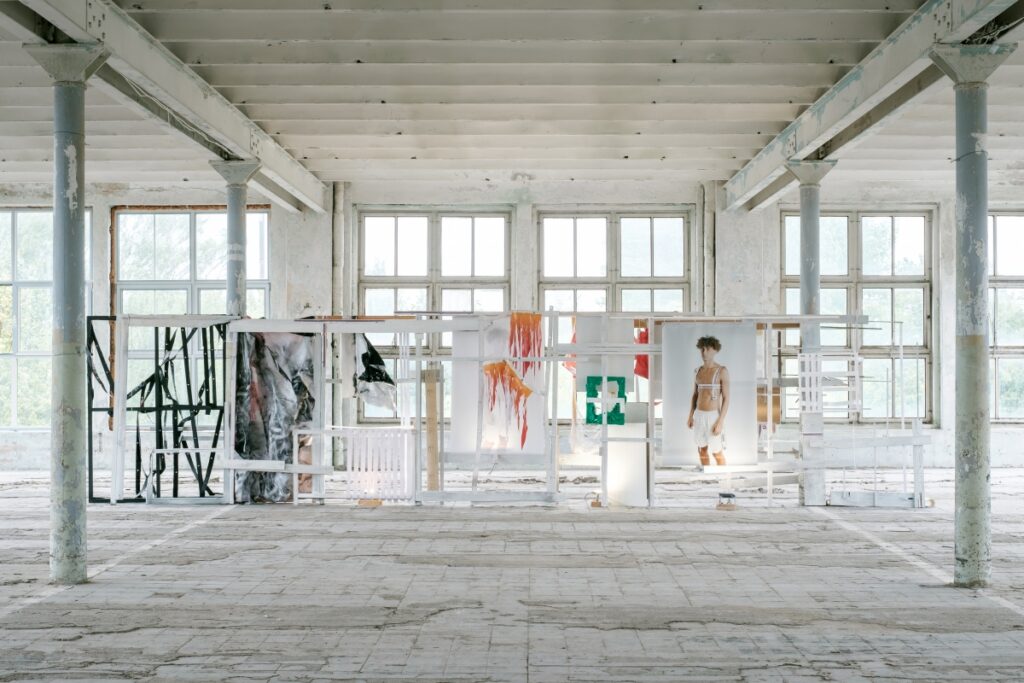The distance from belonging to this time opens up the possibilities of reviewing past processes and art terminology corresponding to it from a fresh point of view. By asking the young artists a question – how does totality conceptually materializes in the 21st century? – is created an opportunity to advance a new system of beliefs in relation to this concept and its idealistic lines, within the changing context. The way contemporary artists reflect on their and collective artistic experience has clearly changed and continues to exist in continuous motion. The understanding of an absolute power has reduced from a canonical paradigm to a deeply personal experience and the curator’s “commissioned” artwork is not perceivable as an illustration of past or present ideologies, but rather as a provisional prophecy for further over-interpretations. The participating artists are Aina Bikse, Krisjanis Elviks, Annemarija Gulbe, Madara Kvepa, Mikelis Murnieks, Alise Sondore and Janis Sneiders. The show is curated by Auguste Petre.
Totalitarianism, in its absolute whole, applies to a certain political ideology, but behind the shell of the concept lies a long path of historical development associated with the idea of totality. The Latin word totus or totalis has been appropriated over time, however it has maintained the idea of totality as a holistic greatness, cohesiveness and fullness. It is very important to acknowledge the relationship between totality and dialectics, the origins of which are often linked to the ideas expressed by Heraclitus of Ephesus, but most directly perceived in the view of Georg Wilhelm Friedrich Hegel’s dialectic philosophy. It was his consideration of totality as a single absolute idea that had inspired the discourse of Karl Marx and Friedrich Engels, and later on Lenin as well. The term “totalitarian system” was first mentioned on 12 May 1923 in the Italian newspaper Il Mondo, in which the publicist, Giovanni Amendola, described it as an absolute political dominance and tyranny over public life. Totalitarianism has been used here as a word game about “political totality.” Two years later, Benito Musolini took over the term entirely and it became the foundation of fascist ideology. With the aim of striving for the perfect future, this concept was also realised in Stalinism.
Gallery name: Former textile factory Bolsevicka
Address: Ganibu dambis 30, Riga
Open: 22.09.2020 - 09.10.2020







